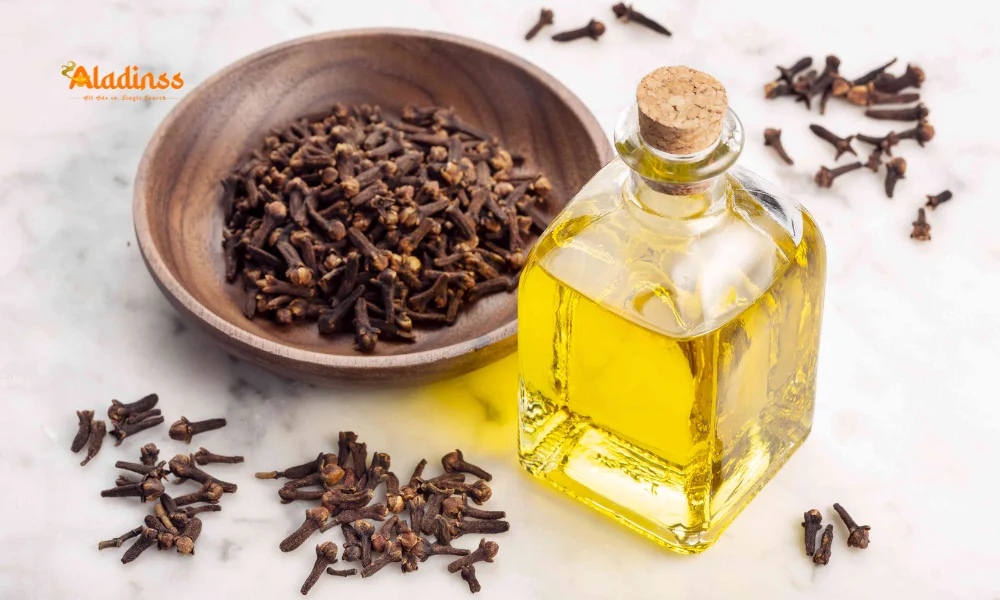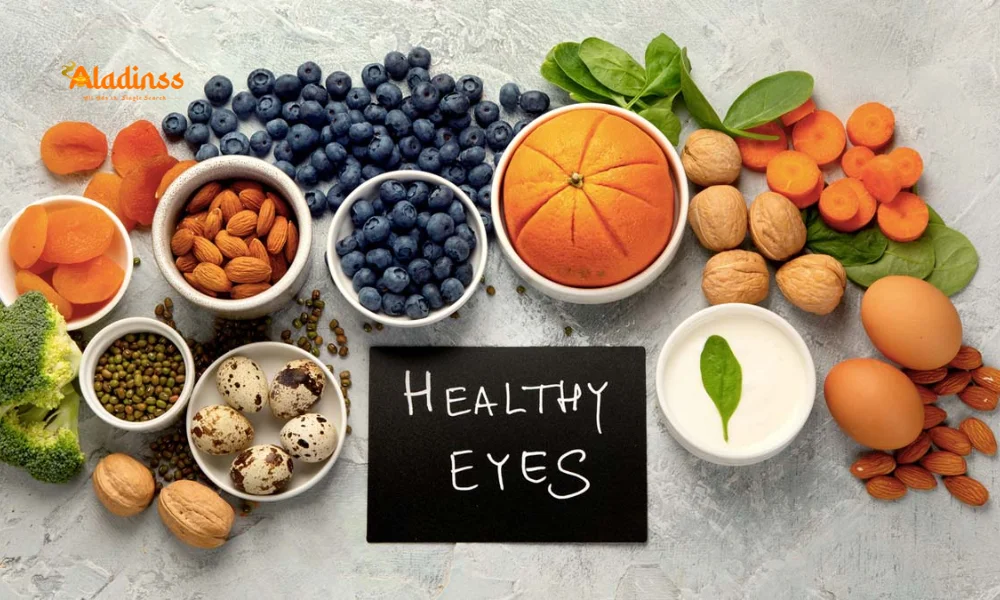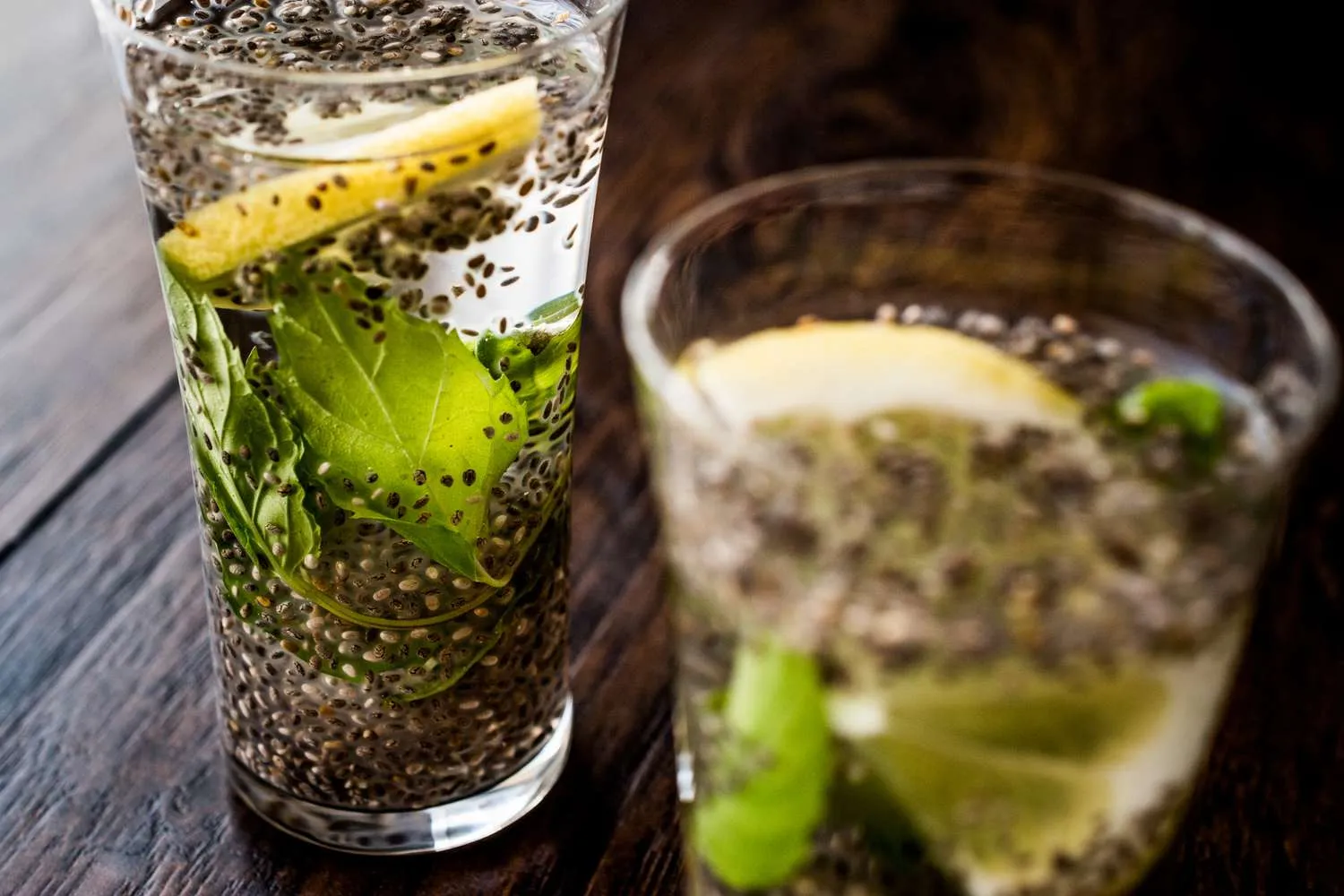Iron Deficiency Symptoms: Spot Early Signs
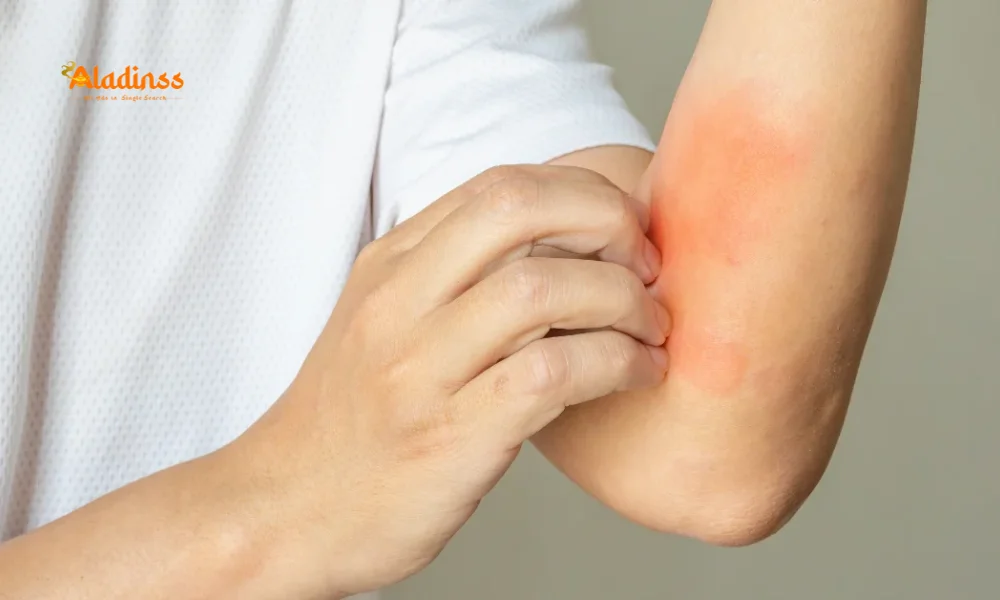
Spotting Iron Deficiency Symptoms Early: A Guide to Better Health
Iron deficiency symptoms can sneak up quietly, affecting millions worldwide and often leading to anemia if left unchecked. This essential mineral fuels hemoglobin production in red blood cells, transporting oxygen from lungs to tissues for energy and vitality. When levels drop, common signs like fatigue, pale skin, and brittle nails emerge, signaling the body’s struggle to oxygenate properly. Recognizing low iron symptoms early through routine checks can prevent complications, especially for women, pregnant individuals, or those with heavy periods. In 2025, with rising awareness, addressing signs of iron deficiency promptly supports overall wellness and combats anemia risks.
Beyond tiredness, iron deficiency anemia disrupts daily life, from concentration lapses to weakened immunity. Dietary tweaks, like incorporating spinach or legumes, offer natural remedies, but understanding the full spectrum of iron deficiency signs ensures timely intervention. Whether exploring causes of fatigue or low iron in women, this overview equips you with knowledge for proactive health management.
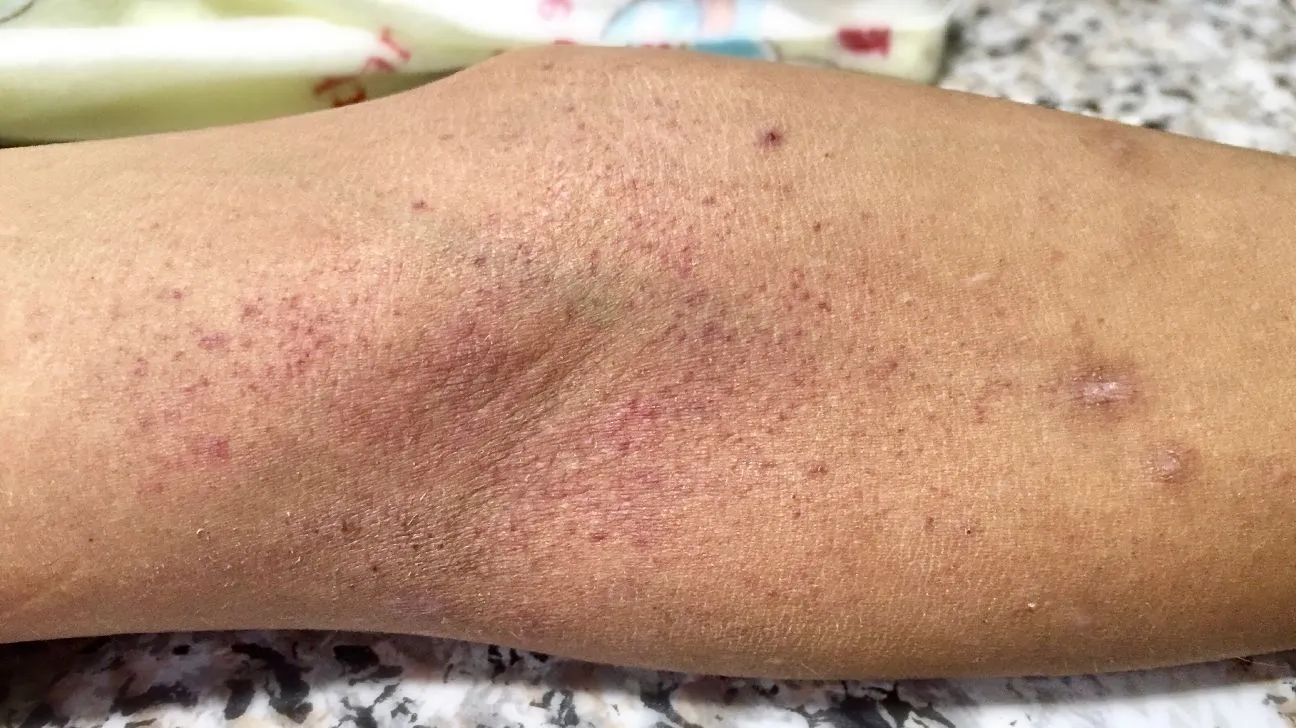
Understanding Fatigue and Weakness as Key Iron Deficiency Symptoms
Among the most prevalent iron deficiency symptoms, persistent fatigue and unexplained weakness top the list, often mistaken for stress or poor sleep. Without sufficient iron, hemoglobin falters, starving muscles and organs of oxygen and sparking that all-day exhaustion. Even after a full night's rest, individuals report dragging through tasks, with energy dips that hinder workouts or focus at work. This oxygen shortfall also clouds mental clarity, turning simple decisions into daunting efforts.
Research highlights how these low iron symptoms intensify over time, potentially evolving into full-blown anemia. For active adults, it manifests as breathlessness during mild exercise, while desk-bound professionals notice midday slumps. Tracking patterns-like fatigue peaking post-meals lacking iron-rich foods-can pinpoint the issue before it escalates.
Physical Manifestations: Pale Skin, Brittle Nails, and Headaches
Visible cues like skin pallor and fragile nails serve as stark iron deficiency signs, reflecting reduced red blood cell efficiency. Pale complexion arises as hemoglobin dips, diminishing the rosy undertone from oxygenated blood. Nails turn brittle or spoon-shaped, a condition called koilonychia, where edges curve upward due to impaired growth from oxygen deprivation.
Frequent headaches join this trio, stemming from cerebral hypoxia that constricts vessels and triggers throbbing pain. Dizziness or lightheadedness may accompany, especially upon standing, risking fainting spells that disrupt routines. These symptoms of iron deficiency anemia often cluster, urging a blood panel to confirm ferritin levels below normal thresholds.
Immune Compromise and Increased Infection Risks
Low iron symptoms extend to immunity, where depleted stores hinder white blood cell function and enzyme production vital for pathogen defense. This vulnerability heightens infection susceptibility, prolonging recovery from colds or wounds. Iron acts as a cofactor in immune pathways; its scarcity tilts the balance toward inflammation without resolution.
Chronic cases see recurrent illnesses, underscoring why monitoring iron deficiency in women-prone due to menstrual losses-is crucial. Boosting intake via tofu or grains not only replenishes but fortifies defenses against everyday threats.
Also Read: Plastics' Hidden Threat to Heart Health
- Frequent colds or slow-healing cuts signal immune dips.
- Iron supports lymphocyte proliferation for antibody response.
- Pair with vitamin C sources to enhance absorption and efficacy.
Heightened Risks During Pregnancy and Menstruation
Pregnancy amplifies iron needs by 50%, fueling fetal development and maternal blood volume expansion-deficiency here risks preterm birth or low birth weight. Symptoms like amplified fatigue or restless legs compound discomfort, demanding prenatal screening for early supplementation.
Menstruating women face monthly losses equating to a teaspoon of blood, exacerbating low iron in women with heavy flows. This cycle perpetuates anemia, with symptoms mirroring general signs but intensified, highlighting the need for tailored dietary strategies like legume-infused meals.
Root Causes and Diagnostic Approaches for Iron Deficiency
Beyond diet, causes of iron deficiency span poor absorption from gut issues, chronic bleeding like ulcers, or vegan diets sans planning. Athletes lose via sweat, while vegetarians must prioritize non-heme sources. Diagnosis hinges on blood tests measuring hemoglobin, ferritin, and transferrin saturation-low ferritin under 30 ng/mL flags depletion pre-anemia.
Complete blood counts reveal microcytic cells, confirming iron deficiency anemia. Early detection via annual panels, especially for at-risk groups, averts progression, with symptoms often lagging months behind lab shifts.
- Hemoglobin below 12 g/dL in women signals concern.
- Ferritin tests pinpoint stores without overt anemia.
- Consult for personalized thresholds based on age and health.
Effective Treatments and Natural Remedies
Treating iron deficiency symptoms starts with oral supplements like ferrous sulfate, taken on empty stomachs for optimal uptake, though side effects like constipation prompt dose adjustments. Intravenous options suit severe cases or malabsorption. Pairing with vitamin C from citrus maximizes efficacy, countering inhibitors like tea tannins.
Natural avenues shine through spinach salads, lentil soups, or fortified cereals, delivering heme and non-heme iron. Consistency yields results in weeks, monitored via follow-up labs to track hemoglobin rises and symptom fade.
Prevention Strategies: Building Iron-Resilient Habits
Preventing recurrence involves balanced intake-18 mg daily for women, via diverse sources like poultry, beans, and quinoa. Space calcium-rich foods from iron meals to avoid interference. Regular screenings, particularly during life stages like perimenopause, catch dips early.
Lifestyle tweaks, such as cooking in cast-iron for trace boosts, enhance resilience. Educating on low iron symptoms empowers self-advocacy, turning potential health hurdles into manageable routines for sustained vitality.
In essence, iron deficiency symptoms demand attention to avert anemia's grip. From fatigue to frailty, heeding these signals fosters informed choices, blending diet, tests, and treatments for enduring energy and health.
Comment / Reply From
No comments yet. Be the first to comment!

